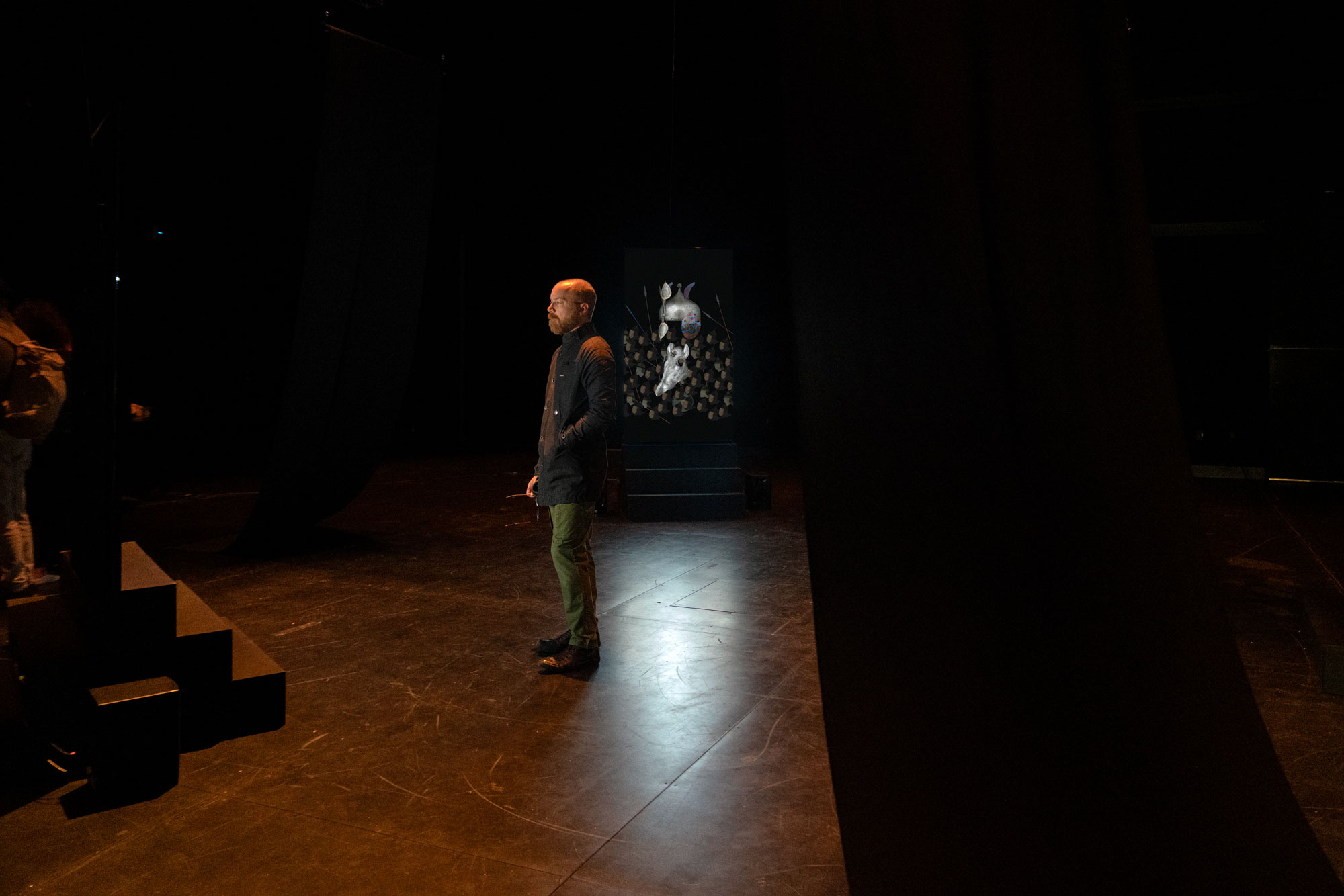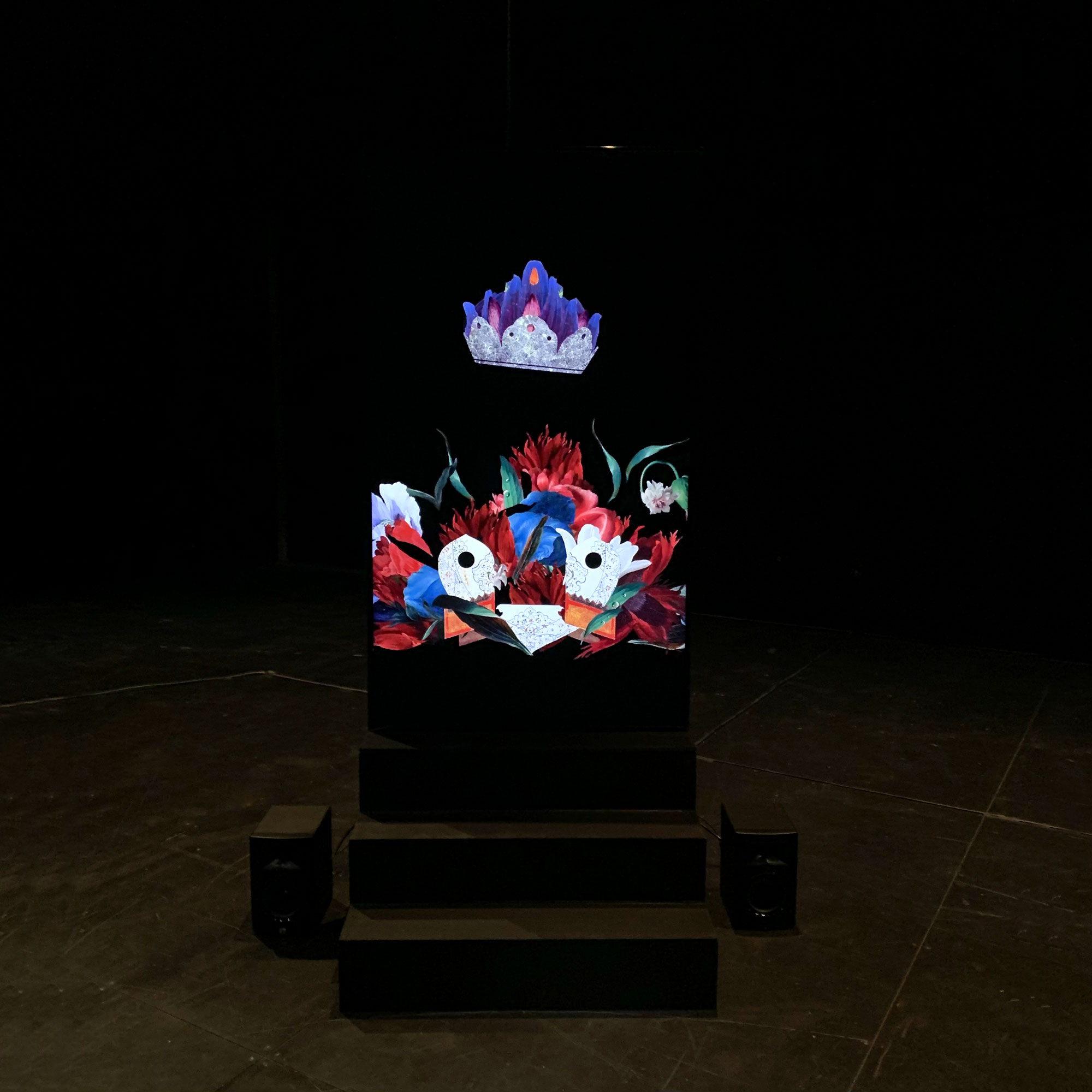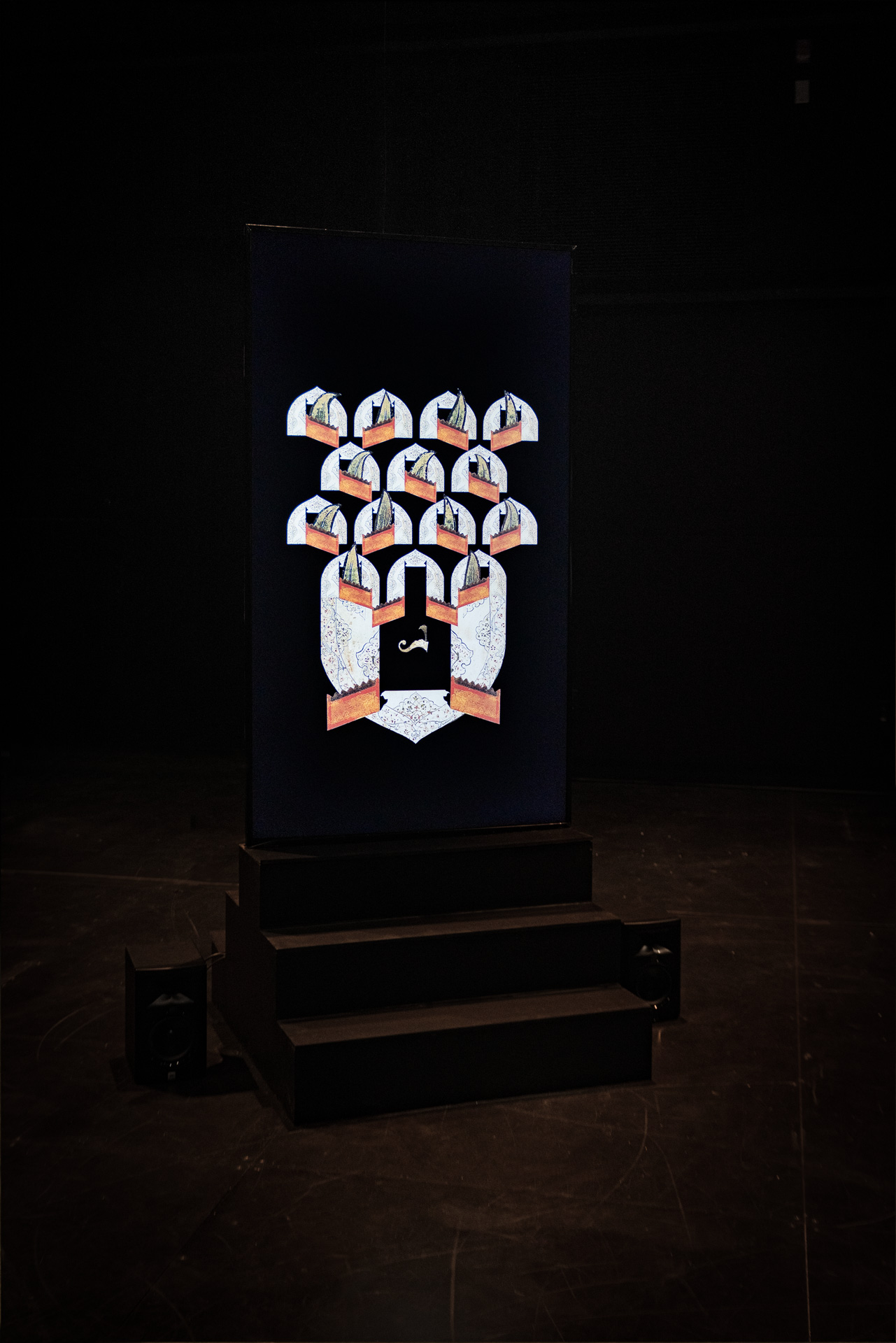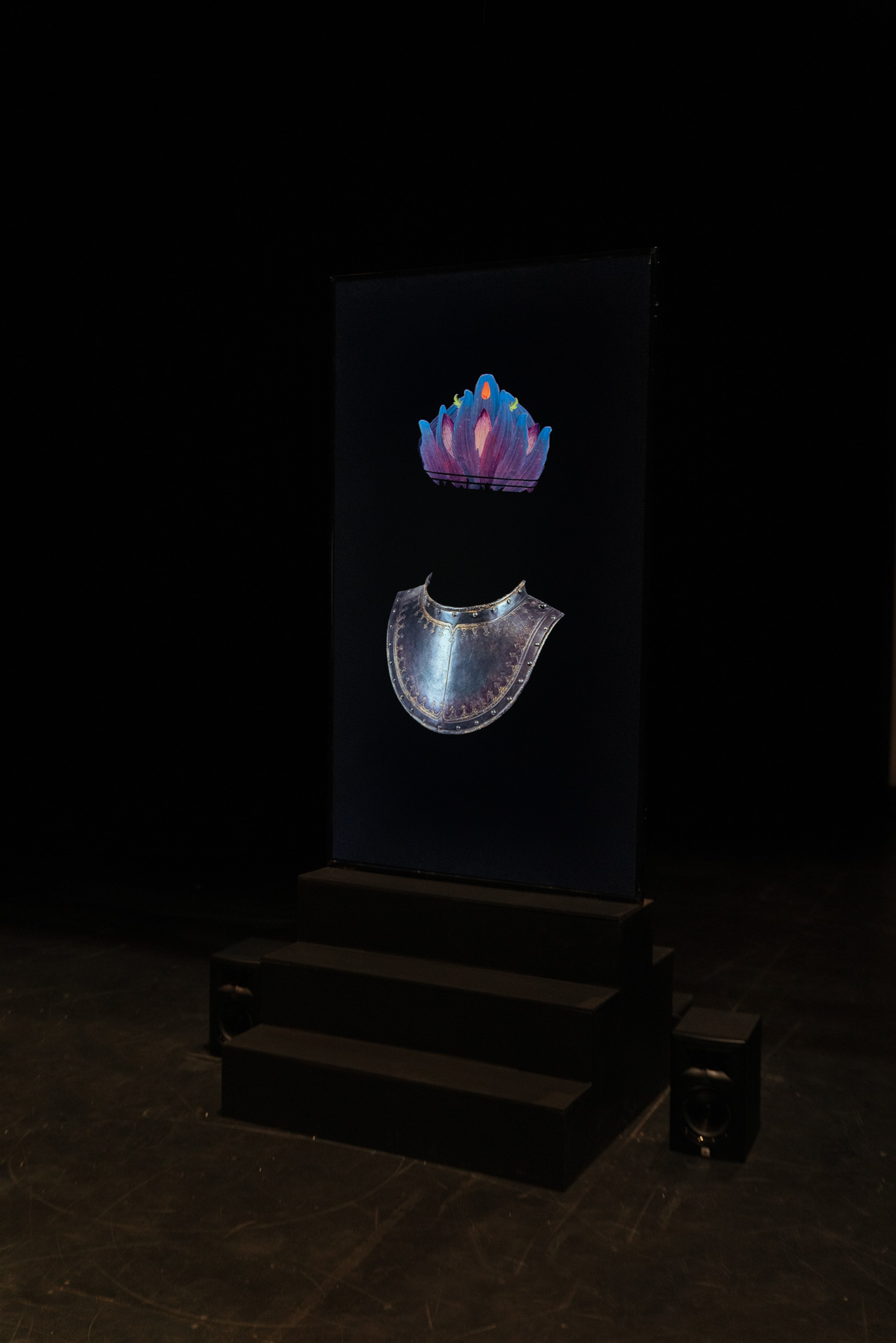Siyavashan, A Vague Memory of a Cypress
Three-channel video installation
Dimension variable, 9′ in-loop
Siyavashan, A Vague Memory of a Cypress is the third project in “The Forgotten Tales” series, which addresses the concern of fading access to a culture’s stories as traditional storytellers disappear over time. Amnesia often arises as a natural response to human suffering, and in turn, human suffering can stem from this forgetting. This series of installations emphasizes the importance of historical awareness, self-reflection, and critical thinking as essential tools for societal preservation and growth. The projects explore the consequences of forgetting foundational narratives and question how we maintain a connection to our underlying stories over time. And what is lost when we forget them? Additionally, it examines how a society, hardly remembering its past and reluctant to engage in self-critique, might hope to avoid its own downfall.
Siyavashan, A Vague Memory of a Cypress explores the enduring narrative of Siyavash, a legendary figure in Persian mythology and literature celebrated for his innocence, valor, and tragic fate. The story and associated rituals delve into themes of justice and morality. The narrative encourages individuals to confront fundamental moral dilemmas, particularly the challenge of maintaining a commitment to principles of righteousness and integrity in a world filled with injustice. Siyavash’s unwavering dedication to these principles, even in the face of tragic adversity, highlights the enduring struggle between moral values and the harsh realities of our world. The mourning ritual known as Siyavashan, which commemorates his unjust death, has evolved into a significant cultural practice in Iran, gradually transforming into a religious ritual over time.
This intricate tale has traversed generations through literature, rituals, and oral traditions, preserving its moral essence in the collective consciousness. The narrative has evolved and been employed differently across various historical contexts. It has sometimes been adapted to align with those in power. At the same time, at other times, individuals have revitalized its core concepts as a means of resistance, particularly in cases where a young individual’s blood has been unjustly spilled.
This three-channel video installation reflects on the paradoxical condition of this story’s life: present yet inaccessible to those who inherit it. The non-narrative approach of Siyavashan, A Vague Memory of a Cypress, attempts to strip away the layers that have been added to the story over centuries. The stammer in this adaptation echoes the rupture in the life of this oral history. This recitation is a product of its time, an attempt to recall a distant memory.




